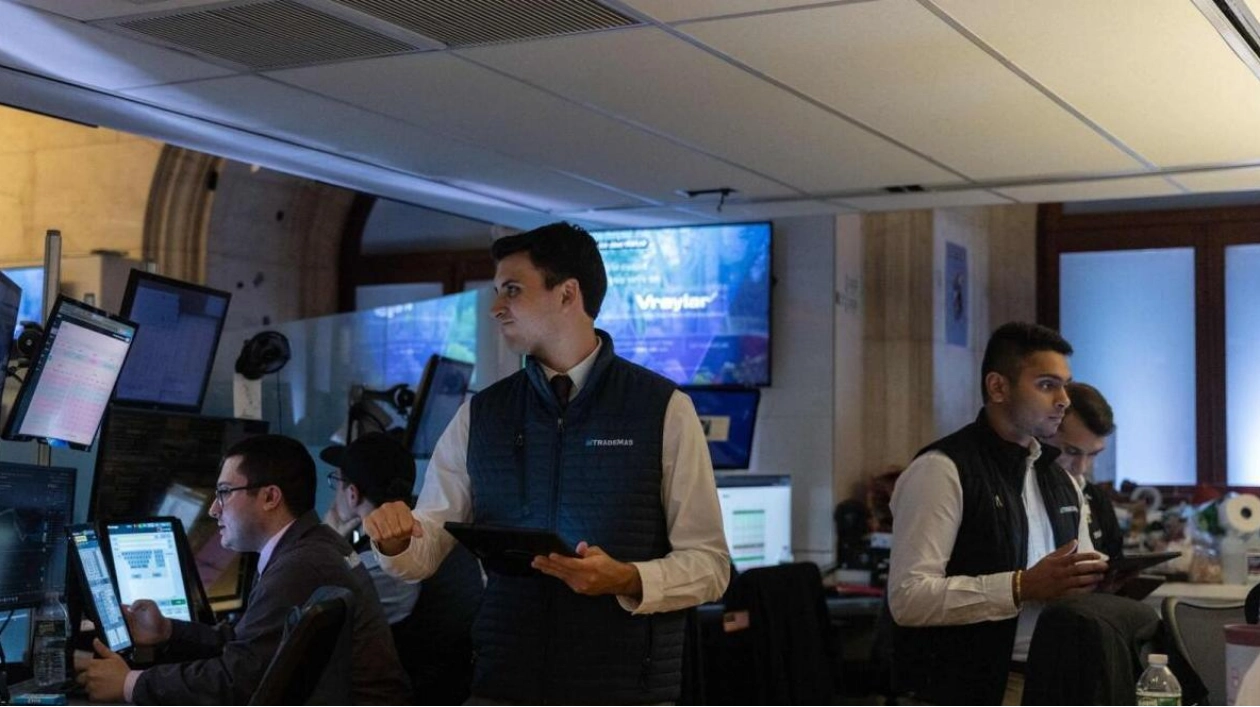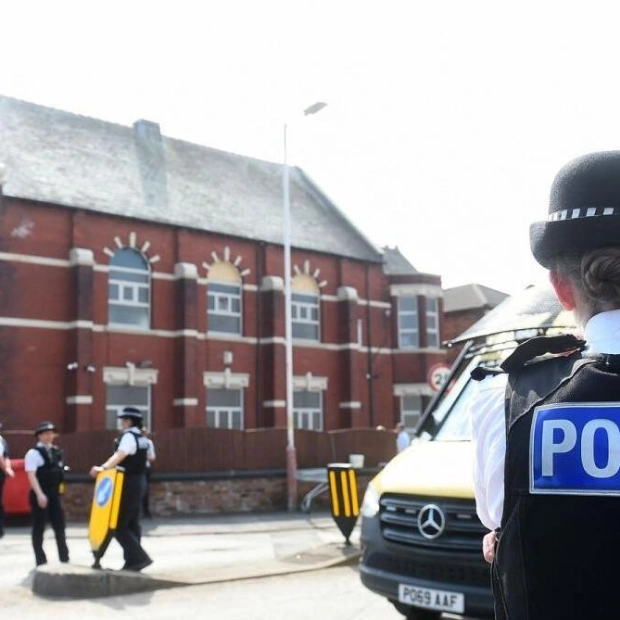Economic anxieties are shaking Wall Street, fueled by growing concerns that the Federal Reserve's prolonged high interest rates might hinder US growth. Recent alarming economic indicators have amplified these worries. A report on Friday revealed that US job growth decelerated more than anticipated in July, with the unemployment rate rising to 4.3 percent, sparking fears of a weakening labor market that could precipitate a recession. This jobs report intensified the stock market selloff initiated on Thursday, when data indicating weakness in the labor and manufacturing sectors led investors to offload various stocks and shift to defensive investments.
Tech stocks, already richly valued, plummeted further on Friday, pushing the Nasdaq Composite down by over 10 percent from its July record high. The S&P 500 has also declined by 5.7 percent from its July peak. Wasif Latif, president and chief investment officer at Sarmaya Partners, commented, “This is what a growth scare looks like. The market is now realizing that the economy is indeed slowing.” For months, investors had been buoyed by falling inflation and a gradually softening employment market, which they believed would prompt the Fed to reduce interest rates, driving significant stock market gains.
However, with the prospect of a September rate cut now on the horizon following this week's Fed meeting, investors are increasingly worried that these elevated borrowing costs might already be impacting economic growth. Disappointing earnings from major companies like Amazon, Alphabet, and Intel are further stoking these fears. James St. Aubin, chief investment officer at Ocean Park Asset Management, noted, “We’re witnessing the fallout from the curse of high expectations. So much had been invested around the scenario of a soft landing, that anything that even suggests something different is difficult.”
This week will see earnings reports from industrial giant Caterpillar and media powerhouse Walt Disney, providing further insights into the health of consumer and manufacturing sectors, alongside reports from healthcare leaders like Eli Lilly. Market futures on Friday indicated heightened economic anxiety, with Fed fund futures showing a 70 percent chance of a 50-basis point cut in September, up from 22 percent the previous day. The Cboe Volatility Index, a measure of market fear, reached its highest level since March 2023, as demand for options protection against a market selloff increased.
In response, investors have flocked to safe-haven bonds and other defensive market sectors. US 10-year yields fell to 3.79 percent, their lowest since December, reflecting the inverse relationship with bond prices. Sectors typically favored during economic uncertainty are also attracting investor interest. Healthcare and utilities sectors have seen significant gains in the past month, contrasting with sharp declines in the semiconductor sector, particularly in stocks like Nvidia and Broadcom.
Some investors view the current market conditions as an opportunity to secure profits after a robust year-to-date rally. Michael Purves, CEO of Tallbacken Capital Advisors, remarked, “This is a good excuse for investors to sell after a huge year-to-date rally. Investors should be prepared for some major volatility, particularly in the big tech stocks. But it will probably be short-lived.”






